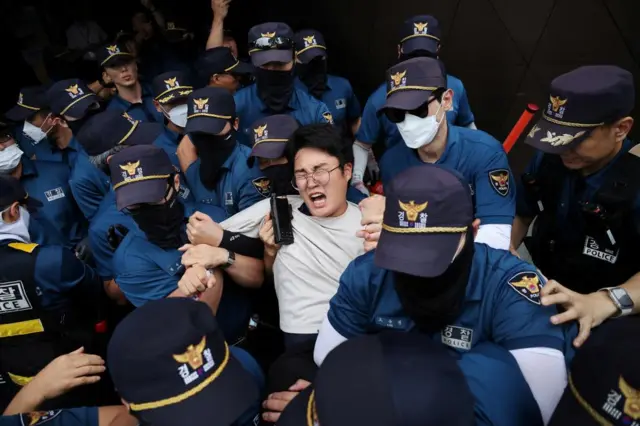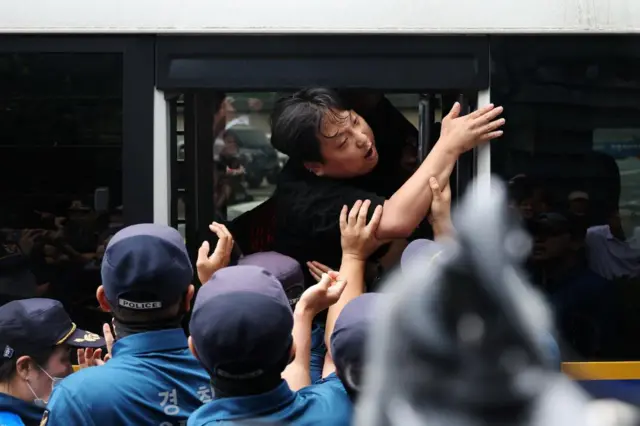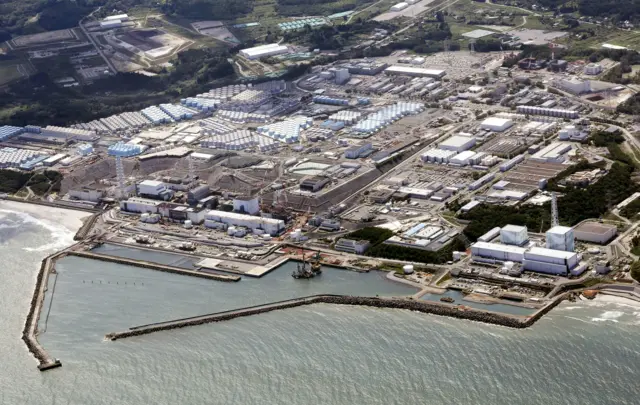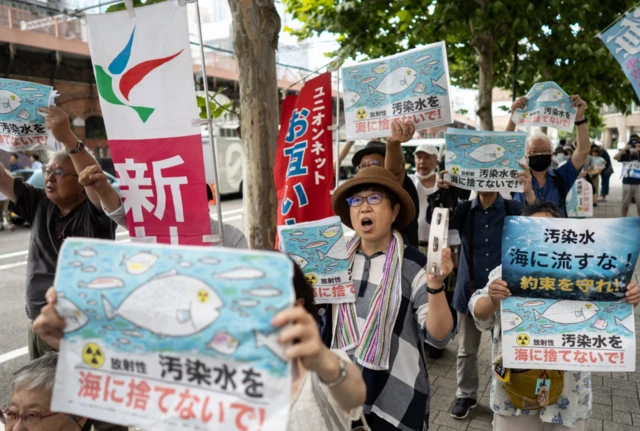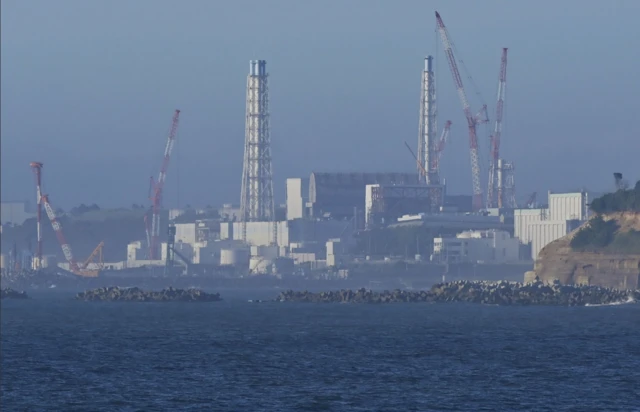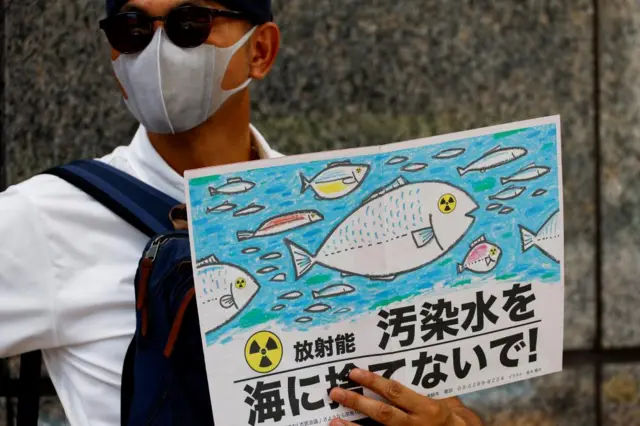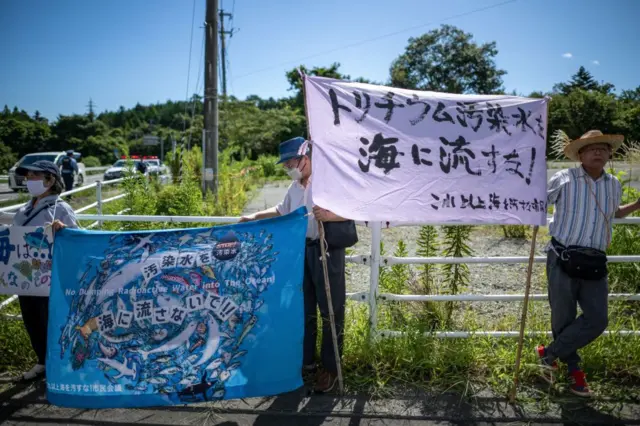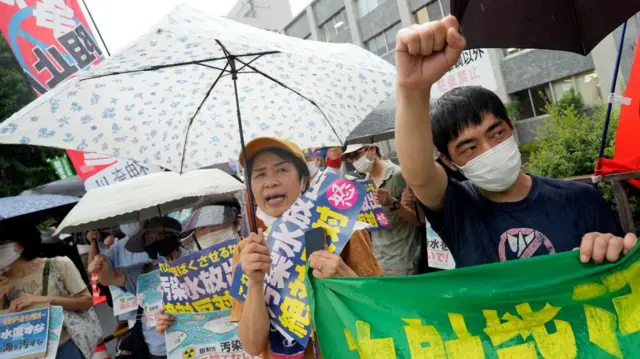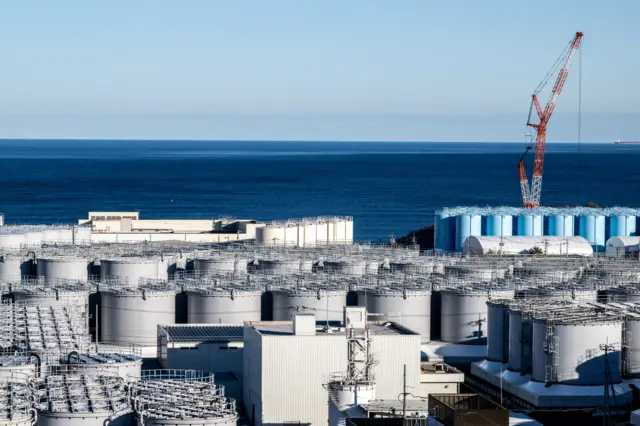Japanese seafood industry to take 'significant' hitpublished at 06:55 BST 24 August 2023
Nick Marsh
Asia Business Correspondent
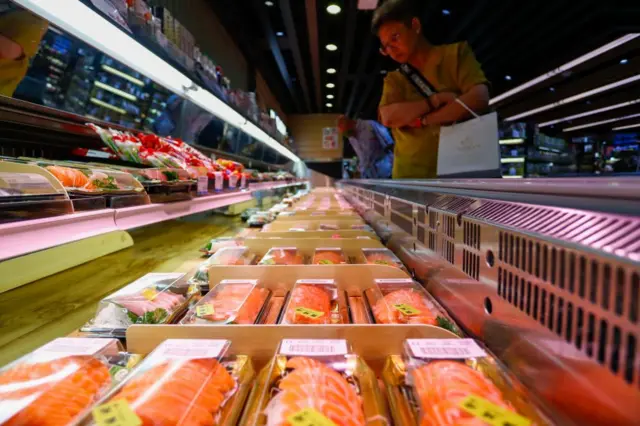 Image source, EPA
Image source, EPAAs expected, China has imposed a blanket ban on all Japanese seafood.
Beijing announced some restrictions last month, but they were limited to 10 prefectures in Japan, including Fukushima and Tokyo. Earlier this week, Hong Kong announced a similar 10 prefecture ban on ‘aquatic produce’.
South Korea, too, still blocks seafood imports from the Fukushima area. It's a ban that's been in place since 2013 and, although the government's political stance has softened, it is one that it has no intention of lifting.
These are major customers for Japan and represent a lot of lost business. Nowhere buys more Japanese seafood than mainland China, which imported more than $600m worth last year. Remarkably, Hong Kong is only just behind - spending $520m on marine produce from Japan.
Given China's consistent and vocal opposition to the wastewater release, it's a scenario that Japan's government probably envisaged. In the short-term, it admits businesses will take a 'significant' hit.
In this sense, China understands the economic leverage it has over Japan and the question is whether Hong Kong will follow the mainland’s lead with another all-out ban.
Either way, we're talking about major disruption for Japan's seafood industry and for restaurants in Hong Kong and China.

